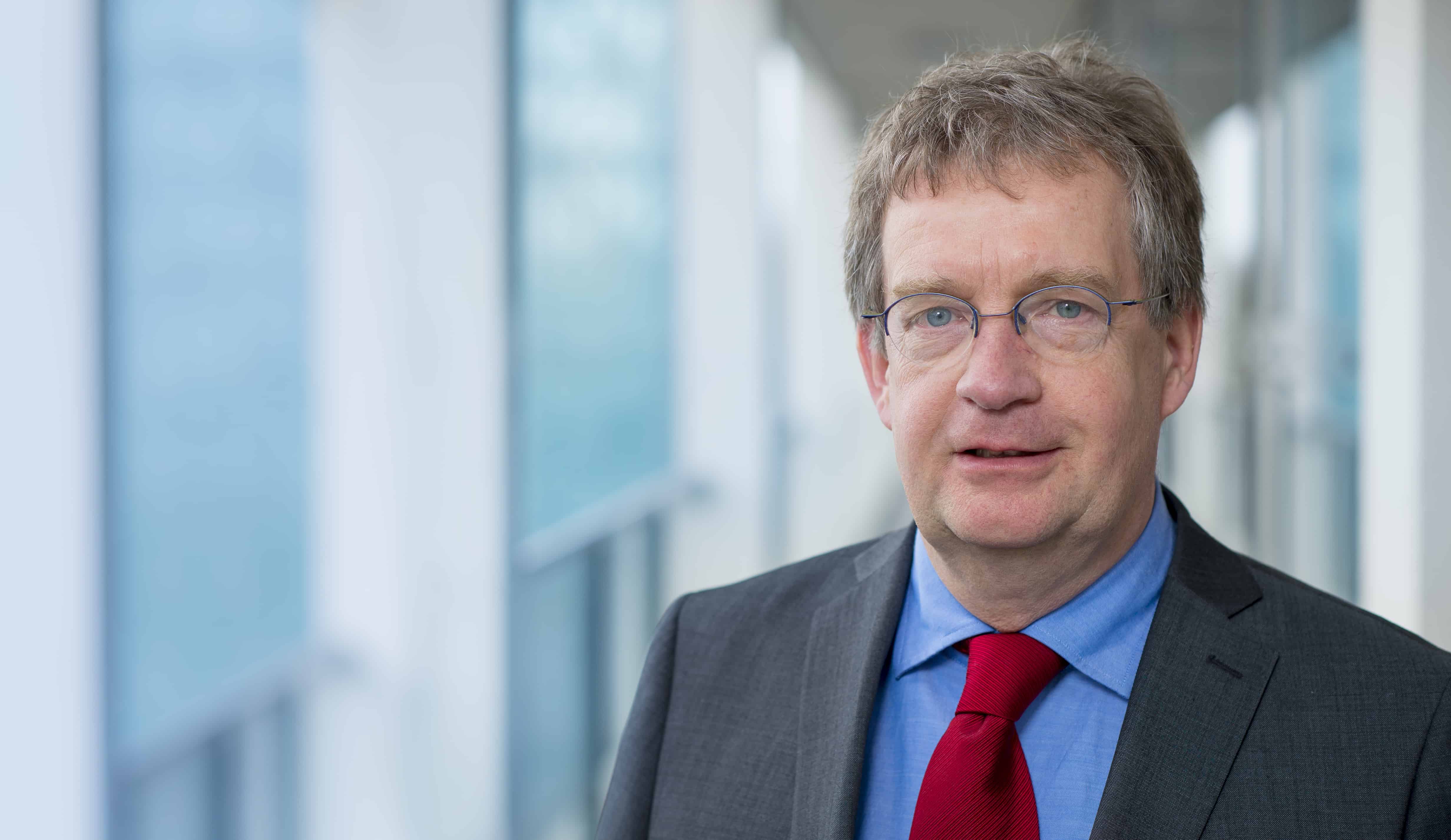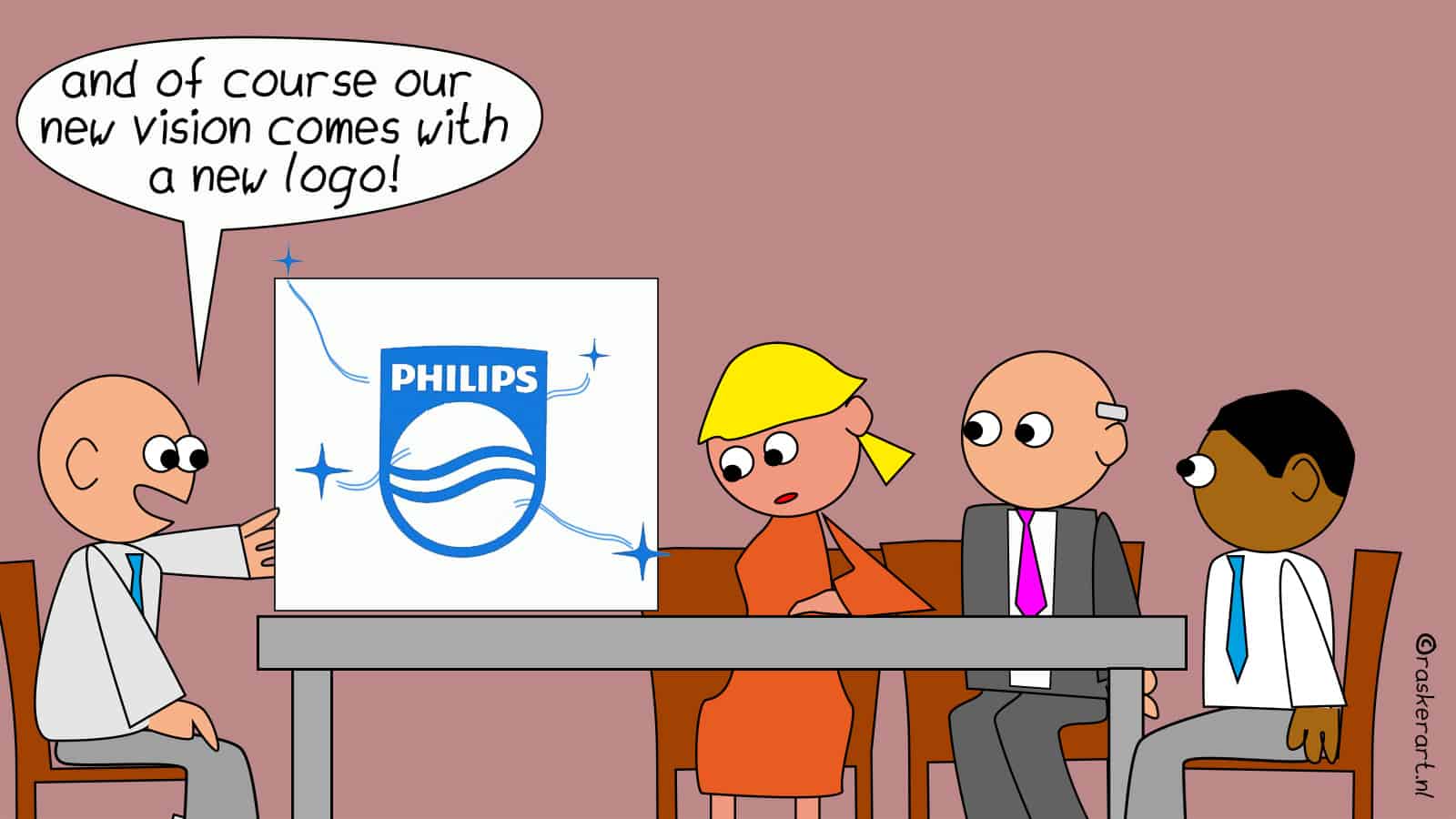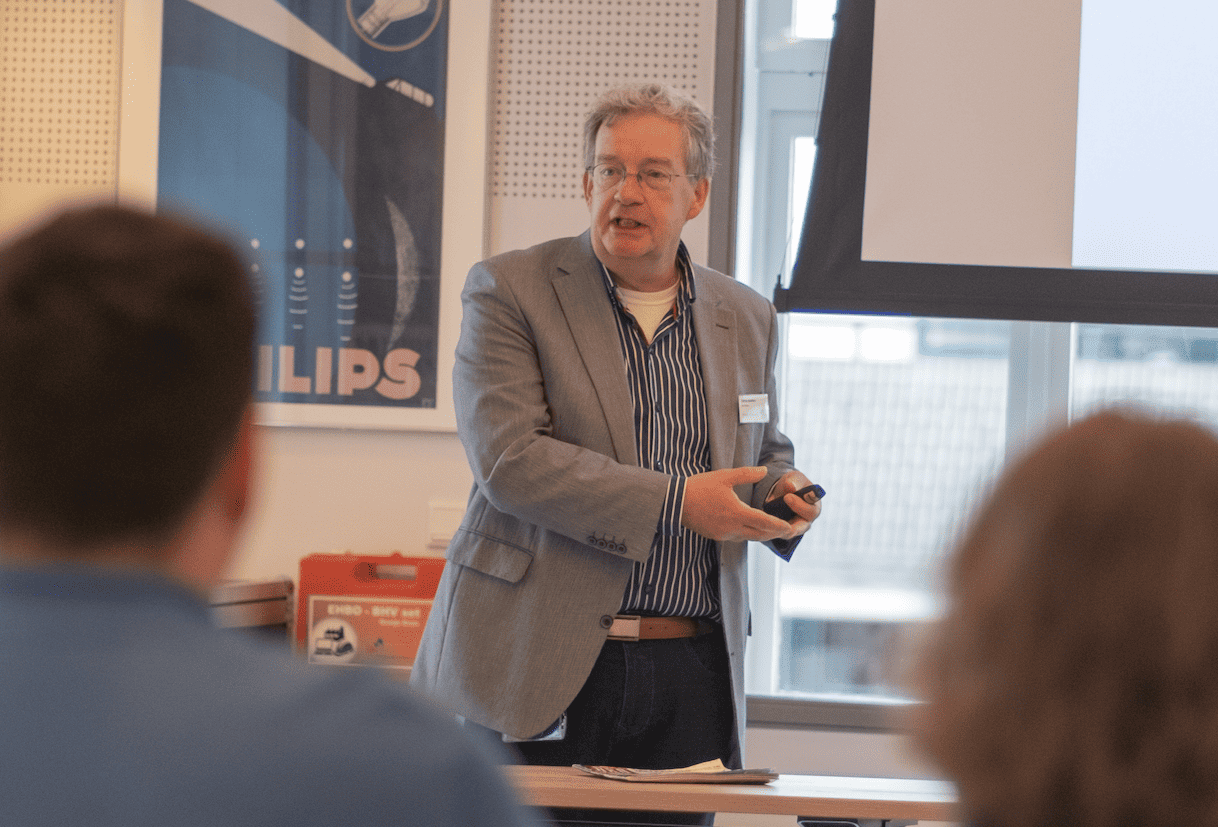
Eindhoven wants to become a smart society. But how does that work? What’s going on in a society like that? Are there any good examples to learn from? DataStudio Eindhoven explores the transition a city has to go through to actually become such a smart society. Each week, we present a new contribution on E52. This week a look at Strijp-S as an example for the smart and healthy city. This article is an adaptation of an article from the September edition of the Tijdschrift Milieu. Read all the articles here.
For decades, Philips operated from Strijp-S. The 27 hectares of land has now been given a new, contemporary meaning as a smart and healthy city. “This happens step by step”, says Alwin Beernink of Strijp-S Beheer, area developer of Strijp-S. “We are working on a mixed area for living, working, and recreation. The first thousand homes have already been completed and there is room for a few more thousand. We are also developing the area into an inspiring place for entrepreneurs. With success. We have already managed to interest more than 700 companies, ranging from large parties to all kinds of small companies. The main part of this is in the creative industry such as designers, architects, technology start-ups and internet companies.
Blueprint
“The entire design is aimed at ensuring that housing and work facilities contribute to wellbeing and health.” At least as important is that the project is the blueprint for the development of smart & healthy cities elsewhere in the world.
“The development is based on the individual heritage, adding new functions to the Philips heritage.” Quality is, in any case, the keyword of large-scale urban development. “Our core values are health, safety, sustainability, and pleasure, which we adhere strictly to. We want to create nice places for living, working, and entertainment. The most important thing I think is that we want to contribute to these core values from a human point of view. For example, there is good thought being given to greenery. We also want to create all kinds of services for the people who will live in our city. A lot of attention is also paid to the infrastructure, which we want to prepare for the distant future.”
“Everything we do here must contribute to improving the quality of life.”Alwin Beernink, Strijp-S Beheer

Living lab
Beernink is aware that this future is still uncertain on many points, not least due to the rapid development of technology. With Strijp-S we want to anticipate that future. The whole complex has the function of ‘living lab‘, as we call it.” He indicates that this is a process of several decades. “Everyone knows that things have to change, but nobody has been able to form a real picture of a realistic roll-out. We want to work towards this step by step. We try to involve the residents and entrepreneurs in the further development of all aspects of life. The challenge is really how we can make everything that happens here interesting for everyone.” An important secondary goal is scaling up the project. “Everything we discover at the level of Strijp-S, we want to be able to replicate quickly in other places in the world.”
A major advantage is that Eindhoven is one of the first cities to be implementing all kinds of applications in the field of Smart City. “It is not the intention, however, to be a pioneer alone. We follow closely what is happening in other cities in Europe, Asia, and America. We would like to learn from this and build on it. Together with the Fraunhofer Institute in Germany and a number of other cities, including Manchester and Stavanger, we are accelerating all kinds of smart, technological applications.”
Cleanest one, smartest one
The development fits seamlessly into the ambitions of the municipality to position Eindhoven as the cleanest and smartest city in Europe. It is not for nothing that the municipality is co-shareholder. “This participation is much more intensive than mere financial participation. It also proactively participates in the process of thinking about the standards that developments must meet. This goes beyond mere monitoring of what is needed in the area of health and safety. The municipality sees the development as an opportunity to experiment and gives room for this. The intensive cooperation between the municipality and all the various companies that establish themselves here creates all kinds of creative partnerships. Incidentally, also between companies themselves, for example in the fields of energy, rental, and mobility.”
Although the redevelopment is well underway, Beernink expects to be busy at least another ten years to develop and build the next phases. “An important challenge lies in the integration of as many smart infrastructures as possible. Developments in this area are rapidly progressing and we are still learning every day to do it even more efficiently and integrate even more possibilities”, Beernink says. “Strijp-S is paramount that on all fronts it wants to contribute to improving the quality of life. Everyone should like to live, work and go out here. People remain at the heart of everything we do.”
Source text: Jan de Graaf, Tijdschrift Milieu

Boven in Apparatenfabriek hangt dit schilderij van een toekomstig Strijp-S








